At noranisurgical.com we understand the importance of accurate surgical instrument identification in the medical field. Proper identification ensures efficiency, safety, and precision during surgical procedures. In this comprehensive guide, we will delve into the various types of surgical instruments, their functions, and the importance of accurate identification in the operating room.
Understanding Surgical Instruments
Surgical instruments are specialized tools designed for performing specific tasks during surgical procedures. They come in a wide variety of shapes, sizes, and materials, each serving a unique purpose. From scalpels and forceps to retractors and scissors, each instrument plays a crucial role in achieving successful surgical outcomes.
Types of Surgical Instruments
- Scalpels: These precision cutting instruments are used for making incisions in the skin and tissues. They come in various blade sizes and shapes to accommodate different surgical needs.
- Forceps: Forceps are used for grasping and holding tissues, sutures, or other objects during surgery. They come in a variety of designs, including tissue forceps, hemostatic forceps, and toothed forceps.
- Retractors: Retractors are used to hold back organs or tissues to provide better visibility and access to the surgical site. They come in different sizes and shapes, including hand-held retractors and self-retaining retractors.
- Scissors: Surgical scissors are used for cutting tissues, sutures, and other materials during surgery. They come in various sizes and blade designs, including straight, curved, and angled blades.
- Clamps: Clamps are used to temporarily occlude blood vessels or control bleeding during surgery. They come in different types, such as hemostatic clamps, vascular clamps, and towel clamps.
Functions of Surgical Instruments
- Dissection: Instruments like scalpels and scissors are used for dissecting tissues and organs during surgery, allowing surgeons to access and manipulate the surgical site.
- Hemostasis: Hemostatic instruments like clamps and forceps are used to control bleeding by temporarily occluding blood vessels or applying pressure to bleeding sites.
- Manipulation: Instruments like forceps and retractors are used to manipulate tissues and organs, providing better visualization and access to the surgical site.
- Closure: Surgical instruments such as needles, sutures, and staplers are used for closing incisions and wounds after surgery, promoting proper healing and tissue approximation.
Importance of Accurate Identification
Accurate identification of surgical instruments is essential for several reasons:
- Patient Safety: Using the wrong instrument during surgery can lead to patient harm, including tissue damage, bleeding, and complications. Accurate identification ensures that the correct instrument is used for the intended purpose, minimizing the risk of errors and adverse events.
- Surgical Efficiency: Properly identifying surgical instruments streamlines the surgical process, reducing the time and effort required to perform procedures. Surgeons and operating room staff can work more efficiently when they have easy access to the right instruments for each task.
- Quality of Care: Accurate identification contributes to the overall quality of patient care by ensuring that surgical procedures are performed with precision and accuracy. Surgeons can achieve better surgical outcomes when they have the right tools at their disposal.
- Legal Compliance: In many healthcare settings, accurate documentation of surgical instrument use is required for legal and regulatory compliance. Proper identification helps maintain accurate records of instrument usage, which is essential for quality assurance and risk management.
Conclusion
Accurate surgical instrument identification is crucial for ensuring patient safety, surgical efficiency, and quality of care in the operating room. By understanding the types and functions of surgical instruments and the importance of accurate identification, healthcare professionals can optimize surgical outcomes and enhance patient outcomes.
 Animal Feeding Cannula
Animal Feeding Cannula  Apical Root Elevator 3.5mm, Right, Handle No.3
Apical Root Elevator 3.5mm, Right, Handle No.3  Apical Root Elevators
Apical Root Elevators 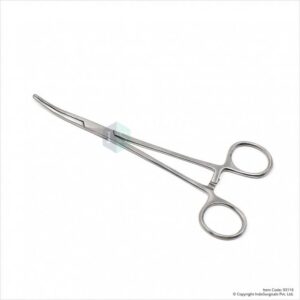 Artery Forceps (Curved)
Artery Forceps (Curved) 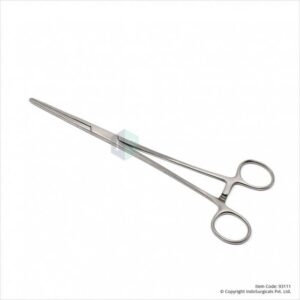 Artery Forceps (Straight)
Artery Forceps (Straight) 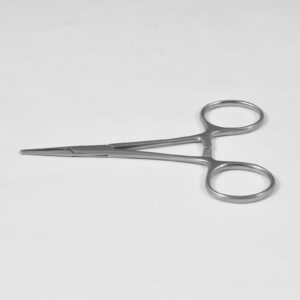 Artery Forceps Micro-Mosquito Teeth 10cm Curved
Artery Forceps Micro-Mosquito Teeth 10cm Curved 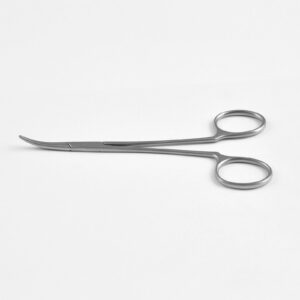 Artery Forceps Smooth Non-Ratchet 14cm Curved
Artery Forceps Smooth Non-Ratchet 14cm Curved 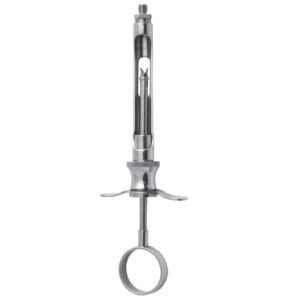 Aspirating Syringe 1.8ml with fix tip
Aspirating Syringe 1.8ml with fix tip 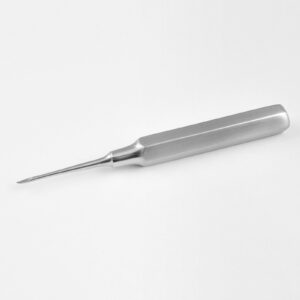 Heidebrink Apical Fragment Ejectors Fig.1
Heidebrink Apical Fragment Ejectors Fig.1 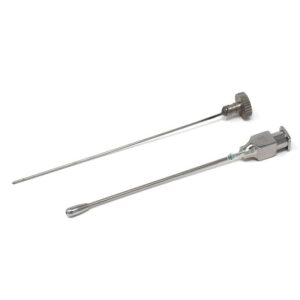 Hoprin/Heparin Cannula
Hoprin/Heparin Cannula 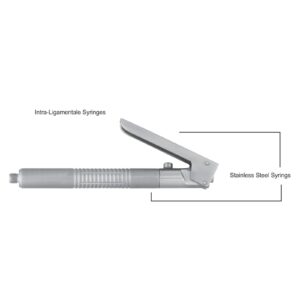 Intraligamental stainless steel syringe
Intraligamental stainless steel syringe 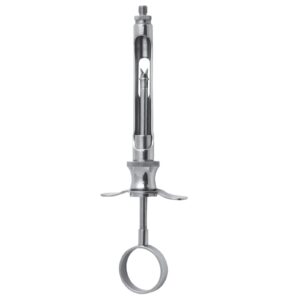 Aspirating Syringe 2.2ml With fix tip
Aspirating Syringe 2.2ml With fix tip 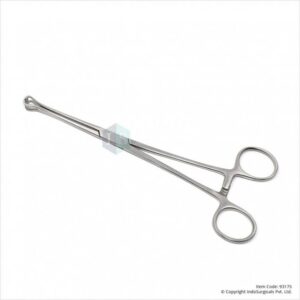 Babcock Forceps
Babcock Forceps 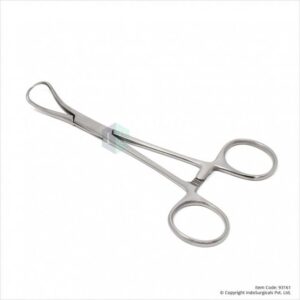 Backhaus Towel Forceps
Backhaus Towel Forceps 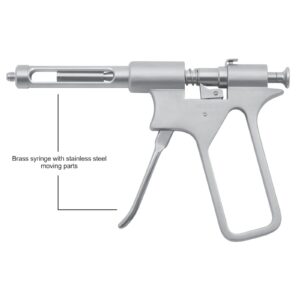 Brass Syringe with stainless steel moving parts
Brass Syringe with stainless steel moving parts